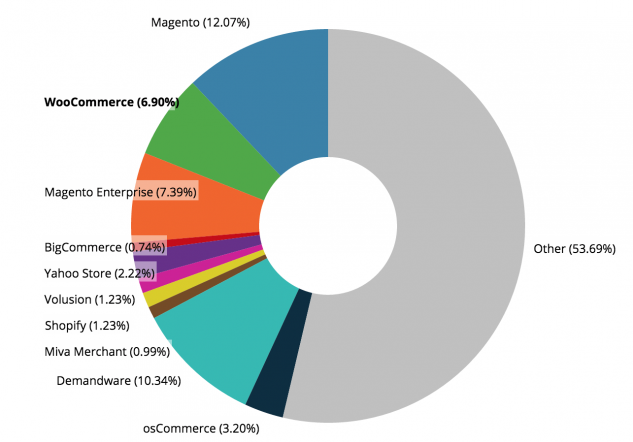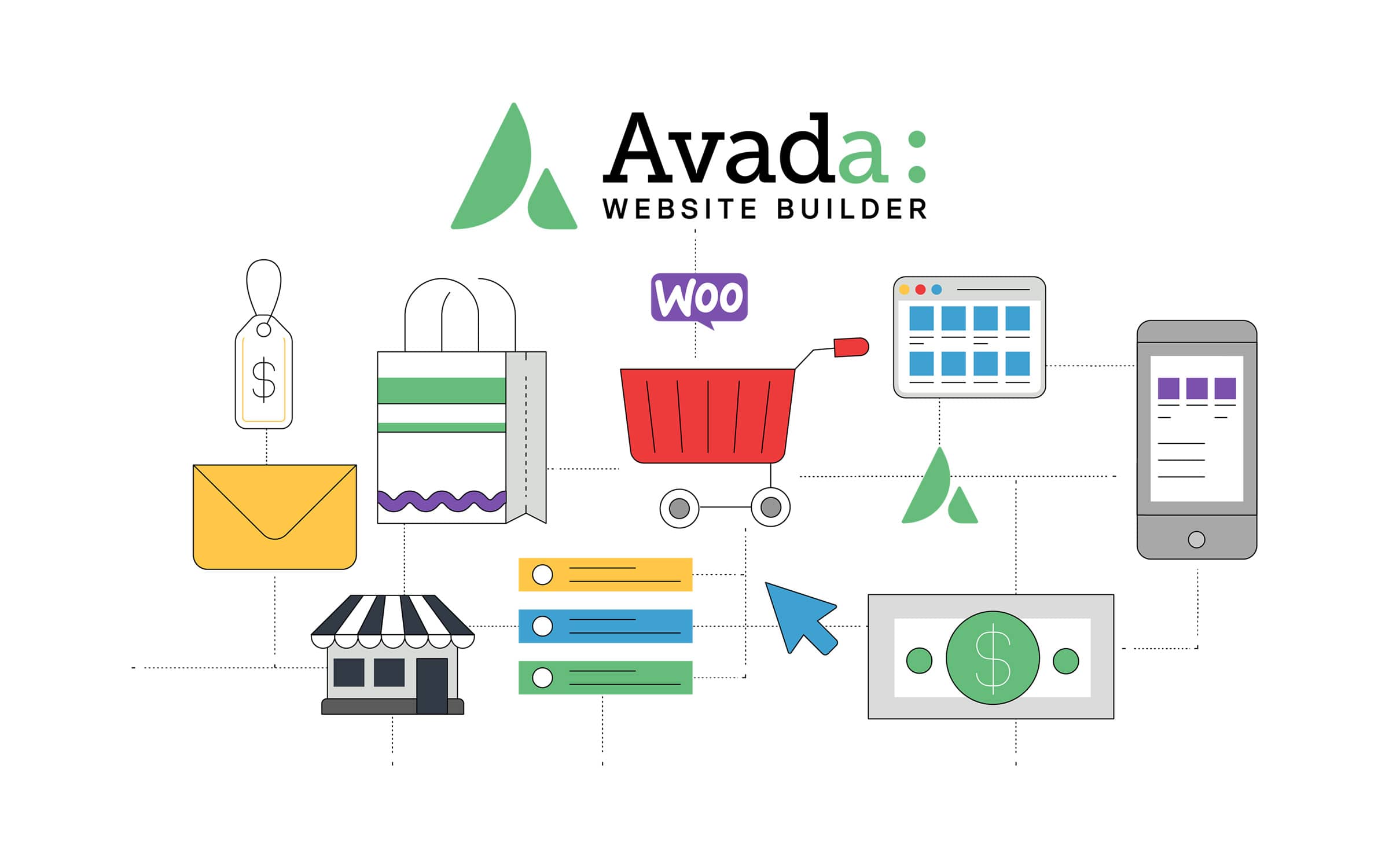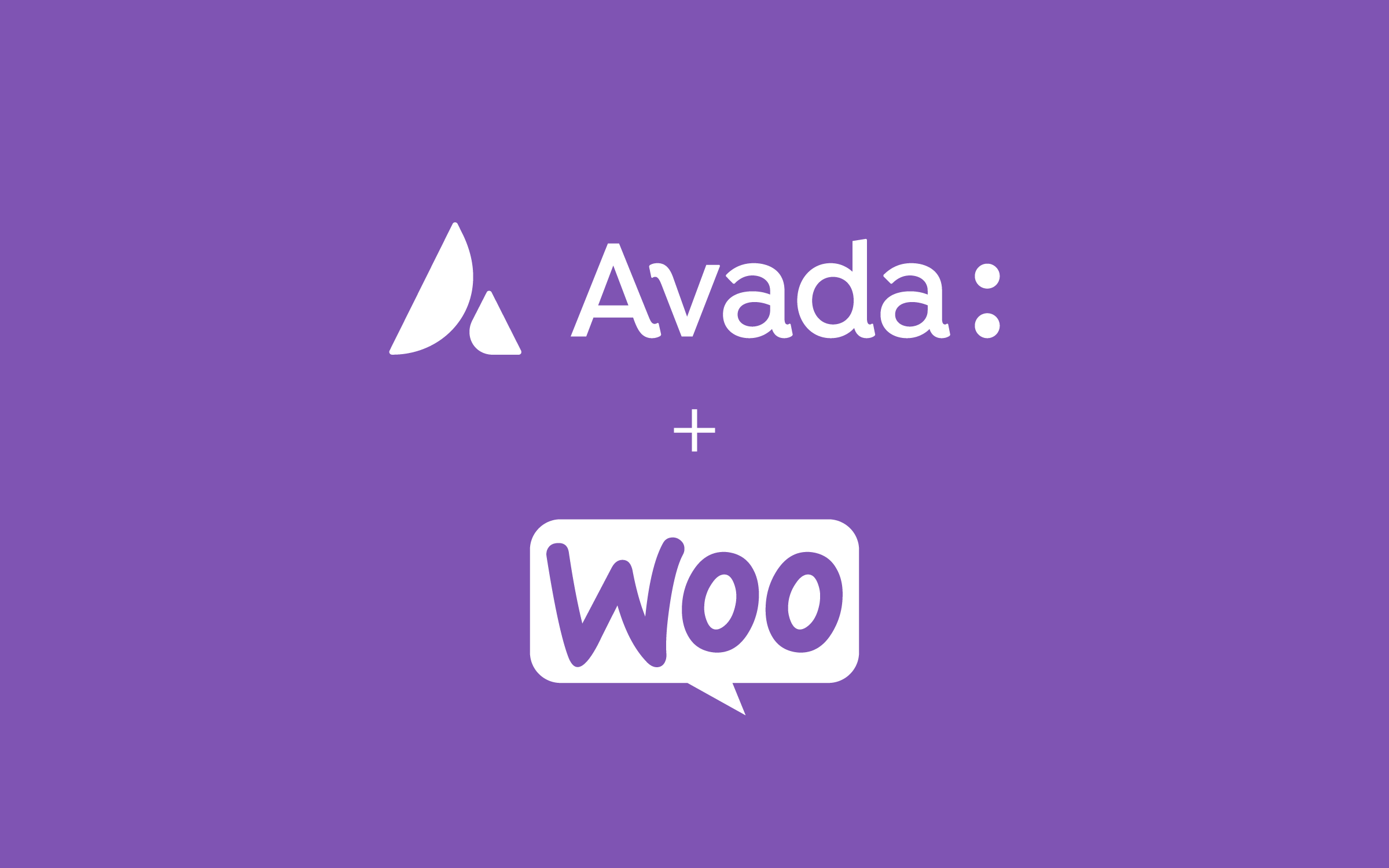Share
Ever since Matt Mullenweg stepped up to the plate as CEO back in 2014, there’s been a significant uptick in Automattic’s activity in the WordPress ecosystem and beyond. The largest of their recent moves were undoubtedly the $30 million acquisition of WooCommerce in May 2015. It’s a move that has made significant waves in the WordPress world and made people think about what could be next for both Automattic and WordPress as an e-commerce platform. Avada is 100% design-integrated and compatible with WooCommerce and includes a built-in e-commerce builder for Woo.
In this article, we’ll cover what made Automattic splash out on the takeover and consider the deal’s implications for the two companies and the broader WordPress community. We’ll begin by briefly looking at the players involved in the purchase.
Overview
Who is Automattic?

Automattic obviously needs little introduction for anyone involved with WordPress. Since 2005, Matt Mullenweg’s Baby has grown from a quirky four-person startup to a digital publishing powerhouse that employs over 300 people and is valued at 1.16 billion dollars .
The company has made other significant acquisitions in the past, but the WooCommerce purchase represents something of a leap. It’s further evidence of the fact that Mullenweg’s installation as CEO in early 2014 has led to renewed focus from Automattic on both the .com and .org side of the WordPress equation.
A $160 million funding round in May 2014 suggested that the company was gearing up for action. A series of recent interviews with Mullenweg – including one where he officially stated overall market dominance for WordPress as a goal – made the extent of his ambitions even clearer.
The announcement of the Woo deal—with its implied targeting of the lucrative global e-commerce market—further proves that Automattic is very much in it for the long haul.
Who is WooThemes?

Set up by Mark Forrester and Magnus Jepson in 2008, WooThemes had grown to be a 55 person outfit and one of the leading companies in the WordPress space before the Automattic deal. The primary reason for this was the emergence of their WooCommerce plugin as the dominant WordPress e-commerce solution. Though WooThemes started with their sights set on general theming and plugin development, WooCommerce quickly established it as the heart of their business.
By early 2014, it was already powering 10% of e-commerce sites worldwide with over 150,000 active installs. By the time of the acquisition, this had rocketed up to 24% of e-Commerce sites and over 600,000 active installs. It’s a growth history that mirrors that of WordPress itself.
This success, along with their range of other free and commercial plugins and themes and consistent participation in the open source community, meant WooThemes already occupied a significant position in the overall WordPress ecosystem before the acquisition.
The Deal
And so we come to the deal itself. Pricing information was initially non-existent, with the original announcements from Mullenweg, Forrester and Jepson containing no specific details. Informed speculation soon started to put the actual figure somewhere north of $30 million in a mixture of cash and stock. Mullenweg has remained coy about the actual price, only going so far as to say it represents “the biggest Automattic purchase to date.”
The initial announcement painted the deal very much as Automattic taking over WooCommerce. Still, in reality, it means the acquisition of WooThemes—including their staff and all premium plugins, themes, and associated projects.
Reaction in the community has been generally positive to date, with some informed and thoughtful discussions taking place on popular WordPress podcasts such as WordPress Weekly and WP-Tonic.
Making a Play For e-Commerce
Growth in the global e-commerce market will not be slowing any time soon, and some reports put the business-to-consumer (B2C) portion alone around the $1.5 trillion mark.
BuiltWith’s survey of e-Commerce platforms shows the incredible progress WooCommerce has made in taking a slice of that action. Though they power only 6.9% of the top ten thousand sites, they have a whopping 24.5% of the overall market (as of 2015).

Considering disruption tends to come from below, WooCommerce is very nicely poised for further significant growth. That $30 million acquisition price starts to look pretty astonishing when you look at some other companies on the list of e-commerce solution providers.
Shopify – with just over 3% of the market (as of 2015) – is valued at over $1 billion, which suggests that Automattic may have pulled off a remarkable deal.
As Mullenweg pointed out in his announcement, the subject of online shops had been on his radar for quite some time. With intense competition in the CMS space from e-Commerce enabled platforms such as Shopify and Squarespace, the WooCommerce acquisition keeps Automattic firmly in the game with a lot of room to expand. One prominent place for future integration would be via WordPress.com, a move that could open up wider commercial opportunities for Automattic.
The People Part
Another element of the deal that cannot be overlooked is the people part. Automattic’s hiring policy is famously thorough and the deal means they have, in one stroke, added over 50 employees with a proven track record of delivering value to its team. In the context of the current talent wars in Silicon Valley and beyond, you could argue that the acquisition would have been excellent value for that part of it alone.
The various announcements of the deal made clear that WooCommerce will continue to be run as a separate brand with little interruption to existing services. Still, the former Woo team will be fully paid-up Automatticians going forward. With WooCommerce being a distributed team itself, culture clashes seem unlikely, but increasing the company’s headcount by over 15% overnight still represents a fairly major challenge.
It’s undoubtedly a massive contrast with previous acquisitions such as Gravatar, Simperium, Longreads or Code For The People – none of which had anything like the headcount or existing market share that WooCommerce had.
Impact on Other WooThemes Offerings
In addition to WooCommerce, WooThemes provides several other plugins and themes. Both sides have been careful to emphasize that there will be no initial changes to these offerings from the point of view of existing customers. However, this does raise questions further down the line. Specifically, will Automattic be tempted to enter the commercial themes market themselves in any significant way?
It’s an area they’ve steered clear of, but many of these providers will be watching their next move here with interest. More minor elements of the Woo empire, such as Woo Experts are likely to be unaffected.
Perhaps the biggest impact seen so far has been due to Automattic’s policy of no side projects for its workers, largely unreported until the Woo deal brought it into focus. Lead WooCommerce developer Mike Jolley has already agreed to sell his popular WP Job Manager plugin to Automattic as a consequence of the takeover. Barry Kooij, by contrast, decided to strike out on his own following the deal rather than sacrifice his side project.
Summary
WordPress has largely achieved its aim of democratizing publishing for the masses, and Automattic has been a massive part of that. Following the purchase of WooCommerce, Automattic clearly wants to achieve similar results in e-commerce.
The takeover seems increasingly like a slam dunk the further you study it. The companies are based on the same platform and share similar work cultures and early-stage trajectories. With the purchase, Automattic enters the e-commerce space as a market leader, and valuations of other companies, such as Shopify, suggest Mullenweg has pulled off one of the coups of the year.




















































































































